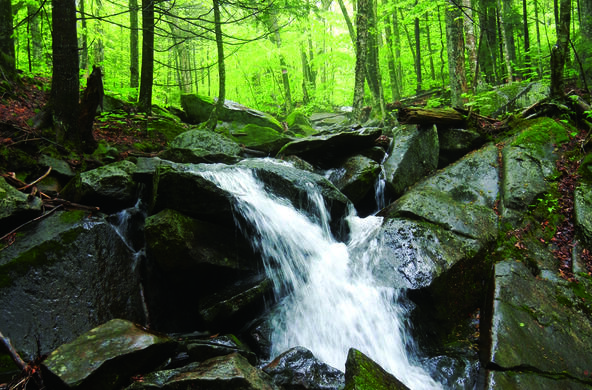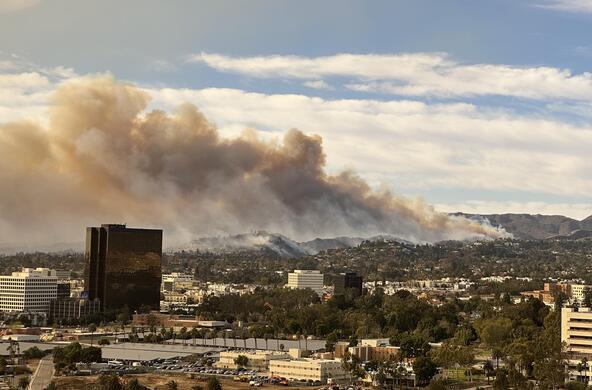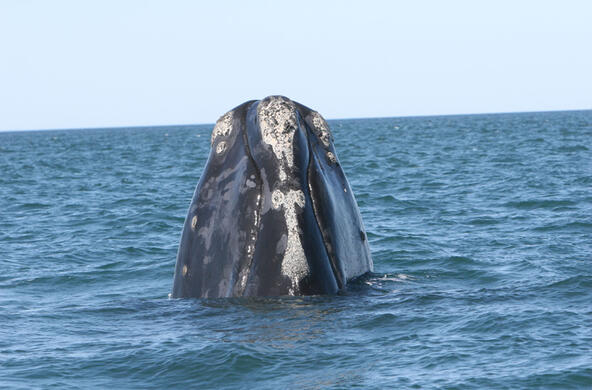Dr. Gary Lovett, IES Ecosystem Ecologist
I have spent many years unraveling how invasive species and air pollution influence forest ecosystems. This research has taken me deep within New York’s Catskill Forest and New Hampshire’s White Mountains—places of amazing natural beauty. Lately, however, I’ve found myself pounding the pavement in Washington, D.C.
Long-term monitoring data are essential to understanding our forests. Without this information, we are unable to assess how changes in things like air quality impact forest growth or adjacent streams and lakes. Unfortunately, our nation’s long-term monitoring programs are under the constant threat of losing their funding.
Monitoring programs are quiet efforts in good science. Their low profile makes them easy targets for bureaucrats struggling to cope with reduced budgets, or for politicians who may not want to know the answers that these data provide.
In addition to air and water quality, there are programs that track trends in climate, forest productivity, atmospheric carbon dioxide, and many other variables. This information provides a foundation for creating sound resource-management policies.
Working with colleagues at the Northeastern Ecosystem Research Cooperative and the Ecological Society of America, I have made it a priority to educate decision makers about the importance of sustained investment in long-term monitoring programs. Because ecosystems change slowly, long-term data are needed to observe trends, identify problems, and assess policies. The resources that we depend on, and often take for granted, are at stake.






